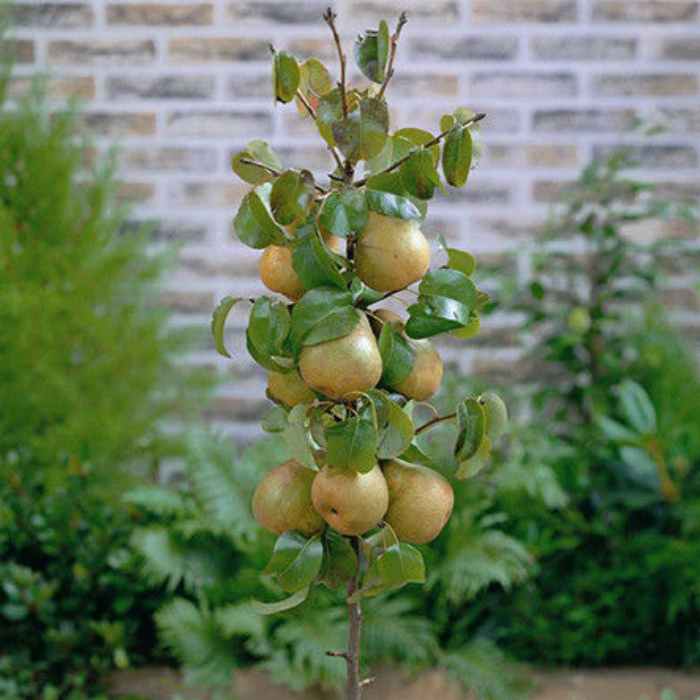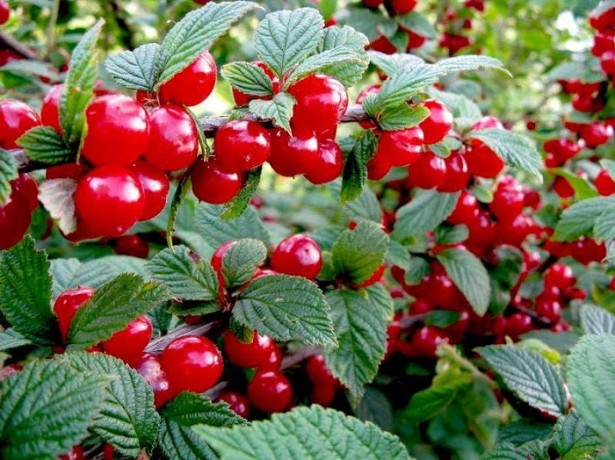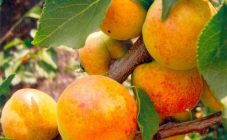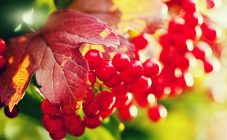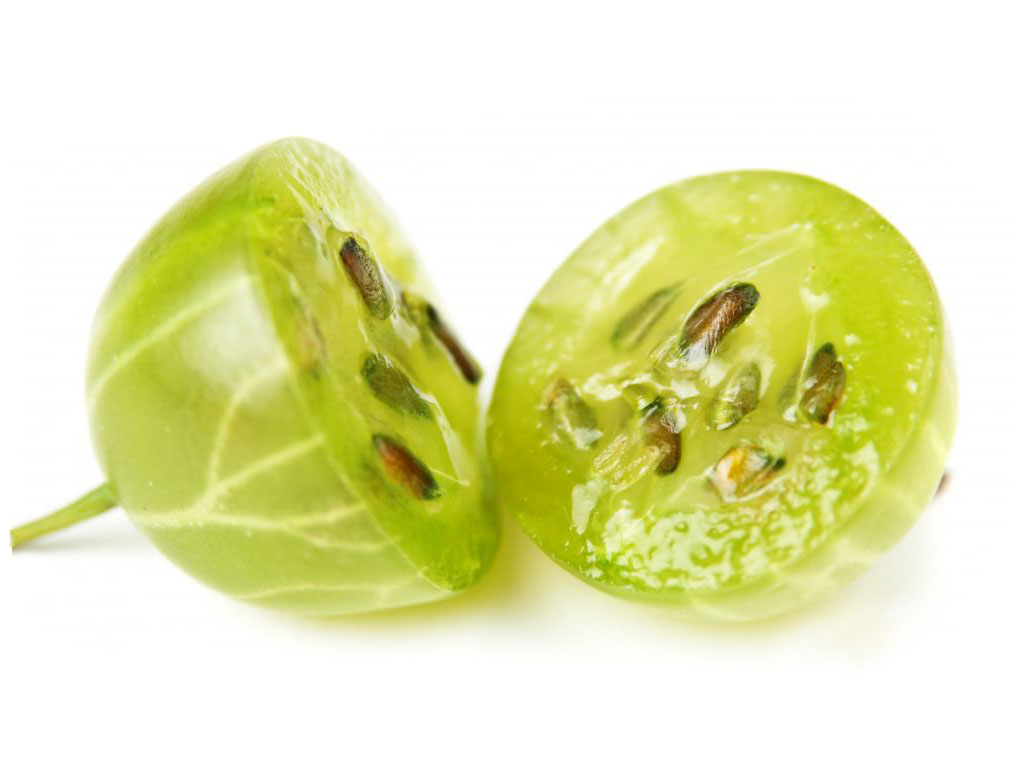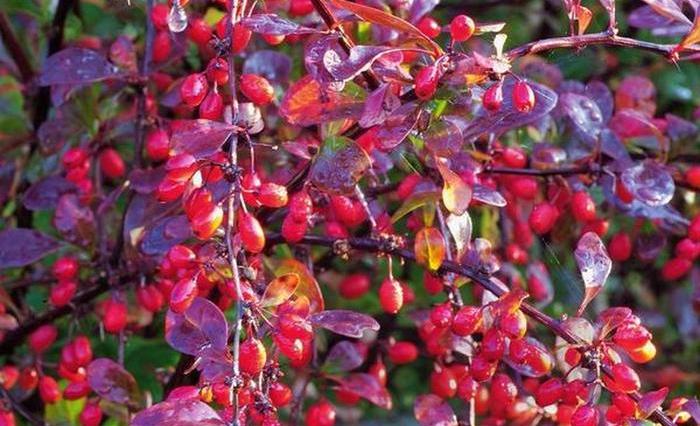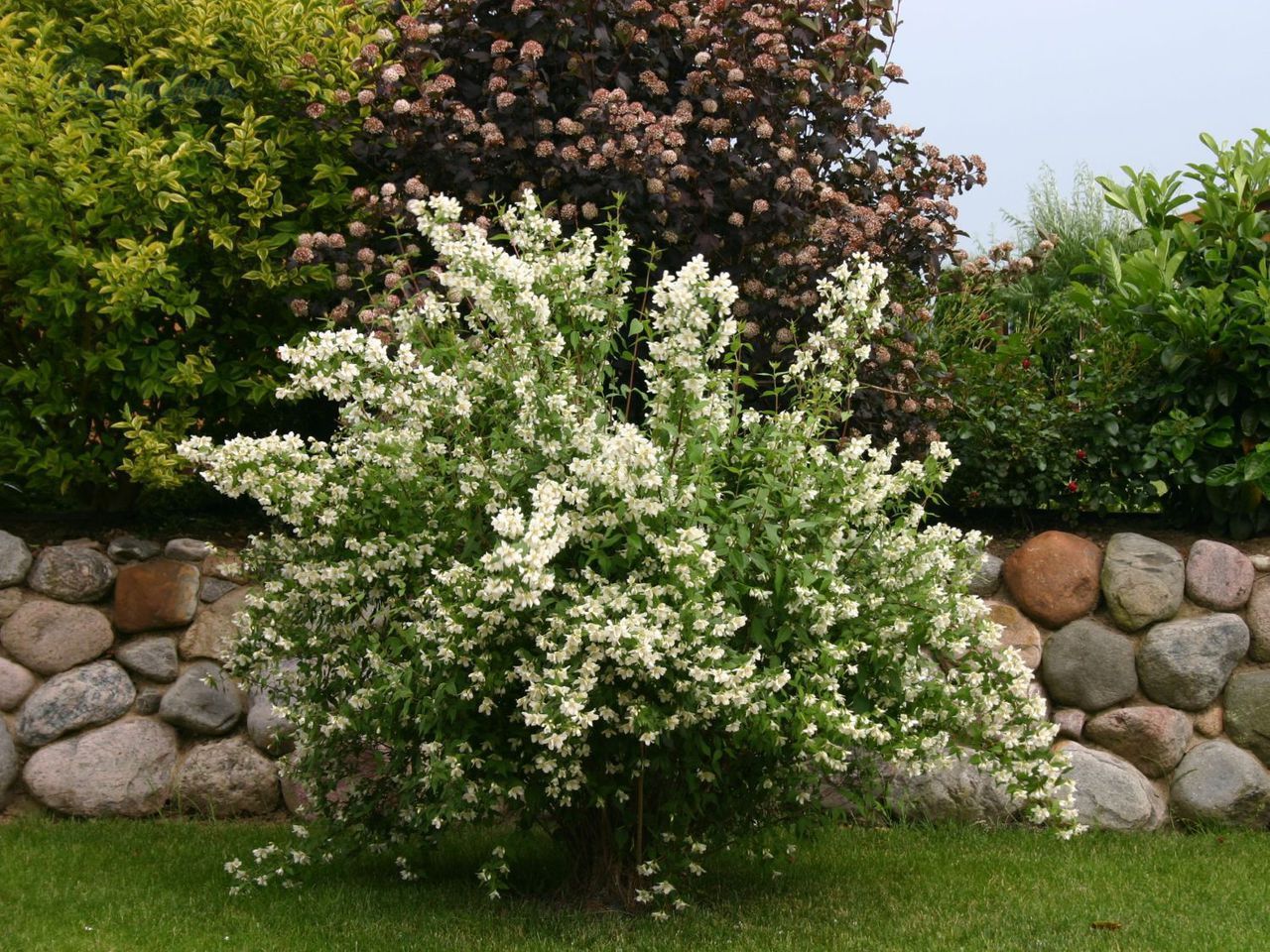Content:
In modern horticulture, small varieties of fruit trees are gaining popularity. This is due to the greater compactness, high yield, ease of crown formation.
The small pear is more often the choice of novice gardeners. However, in the scientific formulation, undersized pears are called a variety of pears on a dwarf rootstock. For this, an inoculation is made on a special stock. In the course of such manipulations, a low tree grows, which begins to bear fruit early, while maintaining the abundance of the yield and the taste of pear trees of ordinary size. Such varieties of pears are popular in Europe, Australia, America and in the southern regions of Russia, for example, the Crimea and the middle lane.
Rootstock selection
Pure pear dwarfs have not yet been bred. They are obtained by grafting a special rootstock. The following trees are most often used as rootstocks:
- common quince;
- Angerskaya Irga;
- Provencal irga;
- cotoneaster;
- chokeberry.
In the absence of the listed species, the vaccination can be done on hawthorn and mountain ash.
When choosing a stock, its susceptibility to climatic conditions should be taken into account. The most common rootstock is quince. However, it has a weak frost resistance.
The use of cotoneaster is popular in the northern regions. The cotoneaster has good frost resistance.
Site selection for planting
Unlike tall pears, the varietal feature of columnar pears is an increased exactingness to the type and composition of the soil. Loamy, well-moistened soils enriched with nutrients are well suited for them. These can be chernozems, sod-podzolic soils. Moisture deficiency negatively affects the growth and fruiting of trees. The dwarf pear is not demanding on the level of groundwater. Its root system is located close to the soil surface, requiring frequent watering.
Planting and growing rules
The most favorable time for planting pears is either autumn, a month before the first frost, or spring, 3-5 days after the snow has completely melted.
In order to avoid tilting the seedling and injuring it by bad weather, for the first 3-4 years it must be fixed to a peg installed 10-12 cm from it on the wind side. When planting, the grafting site should be at least 5 cm from the soil layer.
The formation of the planting pit and the application of fertilizers into it is identical with the scheme for tall pears. Mix the topsoil with rotted manure or compost, apply complex potash-phosphorus fertilizers. Depending on the pH of the soil, add wood ash to acidify or lime to alkalize the soil.
Care
The superficial location of the roots makes it possible to more effectively use the measures for feeding the plant with fertilizers.In the first 2 years after planting, the introduction of nutrients is not required. From the third year of development, it is necessary to apply nitrogen fertilizers annually. The first feeding is carried out before the beginning of the flowering period, the second - 14 days after it. Foliar dressing with a 0.5% urea solution is effective 2 weeks after flowering. After another 2 weeks, you can add potassium chloride and process again.
The pruning procedure should be started from the first year of growing. For annual pears, you need to cut off all the shoots on the main trunk up to 45-50 cm high. Cut the central trunk 40 cm higher than the level of the upper shoots of the lower tier of branches.
For plants of the second year of cultivation, it is imperative to cut off branches that have grown at an acute angle to the trunk. The trunk itself must be shortened at a level of 40 cm from the upper branches.
From the third year of growth, you need to leave 40-50 cm long horizontal shoots, while cutting too powerful into a ring. The trunk should also be shortened by 40 cm annually.
Dwarf pears, like tall varieties, are susceptible to various diseases and pest attacks. However, low growth simplifies the processes of treating wood with insecticides and fungicides. The most common diseases are powdery mildew, scab, and fruit rot. For spraying both trees and soil, such preparations as Fundazol, Albit are suitable. During the period of budding, it is permissible to use only biological preparations (Fitoferm, Gamair).
To prevent damage to plants by diseases, the tree should be inspected every season for infected areas, timely removed and burned fallen leaves, cut and burned affected and dried branches.
Varieties for the Nizhny Novgorod region
The best pear varieties for the Nizhny Novgorod region:
- In memory of Yakovlev. A fast growing tree with a maximum height of less than 2 meters. The harvest is large fruits - 150-200 g, with a smooth glossy skin. The pulp is oily, juicy, without tart notes. Ripening begins in September;
- Russian beauty. Grows up to 3.5 meters. Differs in elongated fruits - 200-250 g in weight. Ripe fruits are green, with a dull blush;
- Elena. Low-growing variety, characterized by medium fruits of 150-200 g, bright yellow during ripening. The pulp is sour-sweet, tart, buttery;
- Pear Gnome. The shortest variety, the height does not exceed 40 cm. The crop consists of medium green fruits - 150 g. The flesh is white, sweet. Differs in good keeping quality, in cool conditions - until mid-January.
Secrets of experienced gardeners
When choosing a dwarf pear, special attention should be paid to the stock. Quince is not suitable for growing in conditions with strong drops in temperature. In order to make sure when buying a small seedling, you need to pay attention to the number of buds. There should be a lot of them, with short internodes. One-year-old seedlings should not have lateral shoots. The root system should have 2-3 well-developed roots, at least 20-25 cm in length.
In winter, it is imperative to insulate the soil around the tree with peat, cover it with spruce branches, and wrap the trunk with a special covering material.
Due to its compact size, low-growing pears can be planted at a distance of 1.5 from each other.
In March, you can mulch mature trees with rotted manure or compost. This will provide the plant with organic matter and prevent excess moisture evaporation.
Periodic thinning of the fruit will allow to obtain large pear sizes. In addition, fruit overload can lead to irregular harvests.
The degree of ripeness of the fruit can be determined by the nature of the separation from the branch: ripe fruits are removed together with the stalk.
In conclusion, we can say that dwarf pear varieties are becoming more and more popular in warm regions, due to their undeniable advantages: a quick period of entry into fruiting (1-2 years), high yields of medium or large fruits, compact size and the possibility of frequent planting. The disadvantages include: low frost resistance, exactingness to the composition of the soil, regular abundant watering and the need for fertilization. However, following the prescribed care rules, you can get a bountiful harvest of sweet and juicy fruits.
